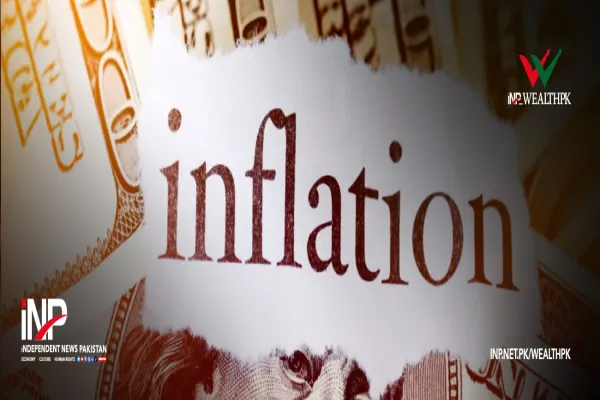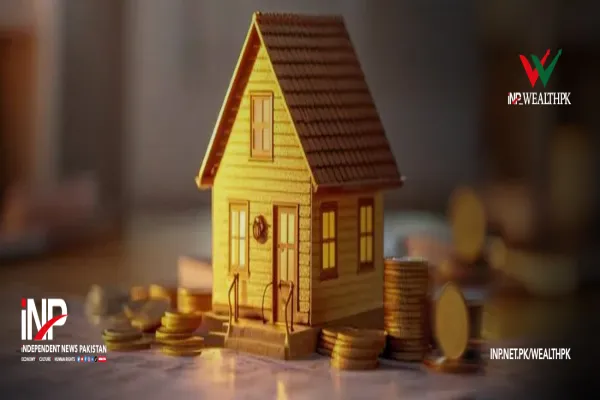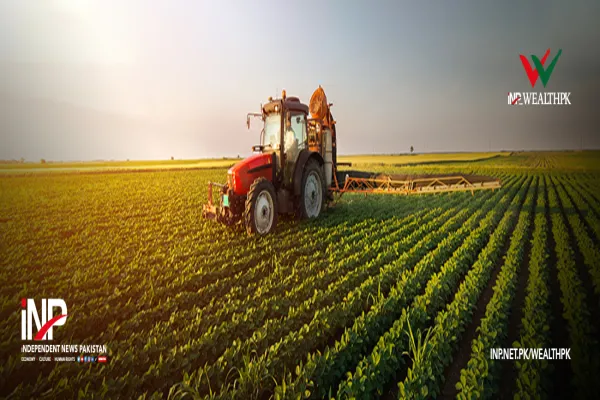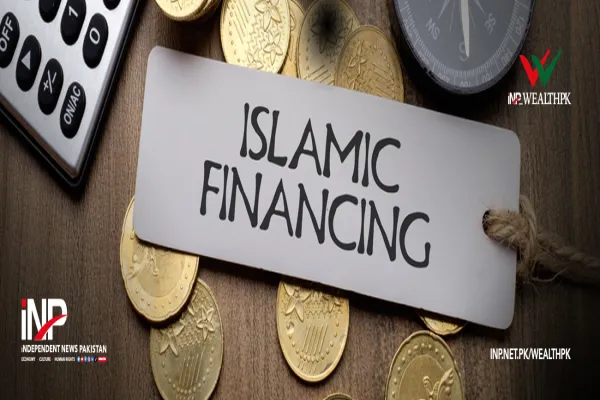i INP-WEALTHPK
Moaaz Manzoor
After hitting a 59-year low of 0.7% in March, Pakistan’s inflation is expected to rise up to 3% next month due to global and domestic supply-side risks, with experts warning of a potential upward trend if structural weaknesses remain unaddressed, report WealthPK.
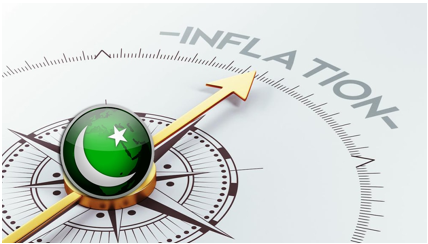
The government’s recent downward revision of inflation forecast to a mere 1% for March 2025 reflects a rare moment of price stability driven by reduced global commodity prices, a stable exchange rate, and tighter monetary measures. This record low — marking a 59-year trough — is a sharp departure from the earlier estimate of 3% to 4%.
It mirrors market expectations and follows a declining inflation trend, with February recording 1.5%. However, the Ministry of Finance has cautioned that inflation could rise again, potentially reaching 3% in April, signaling a possible shift in the outlook as both domestic and global risks persist.
Speaking to WealthPK, Uzma Aftab, Senior Research Associate at the Policy Research and Advisory Council (PRAC), said while 1–1.5% inflation in March might offer a temporary respite, it largely reflected a high base effect and currency stability, rather than deeper structural improvements. Inflation inching up to 2–3% in April may mark the onset of a gradual upward trend amid persistent supply-side bottlenecks in agriculture and industry.
Global risks such as oil price volatility — exacerbated by the renewed Red Sea shipping disruptions — stricter financial conditions, and high global tariffs, especially amid the trade war reignited by the US, are likely to add pressure, she added. Domestically, she pointed to several inflationary triggers, including potential supply shocks and policy-induced costs.
“Subsidy cuts and adjustments in electricity tariffs under the IMF programs may also play a role in driving inflation higher,” she said. Uzma further highlighted the weakening performance in agriculture, citing that the sector grew by only 1.1% in Q2FY25 compared to 5.8% in the same period last year. A 7.6% decline in major crops, coupled with climate-related challenges, lack of investment in R&D, and input shortages, may fuel the cost-push inflation going forward.
Echoing this concern, Dr. Irfan Hussain, CEO & Founder of Pakistan Economic Forum, said the inflation rate’s fall to 0.7% in March — the lowest since 1966 — stemmed from the stabilising economic conditions and effective supply chain recovery. He noted the impact of monetary tightening and government interventions in taming price pressures.
“The drastic fall from 20.68% in March 2024 offers some optimism for consumers and businesses, as it boosts the purchasing power and potentially stimulates demand,” he said. However, Dr. Hussain warned that the improvement might be short-lived without sustained supply-side reforms and investment in agriculture and manufacturing.
Experts argued that while March’s record-low inflation offered a brief reprieve, underlying vulnerabilities —particularly in agriculture, global trade disruptions, and potential energy cost hikes — pointed to inflation rebounding modestly in April. Without structural fixes to the supply chains and consistent policy support, Pakistan’s inflation trajectory may prove difficult to anchor over the medium term.
Credit: INP-WealthPk






